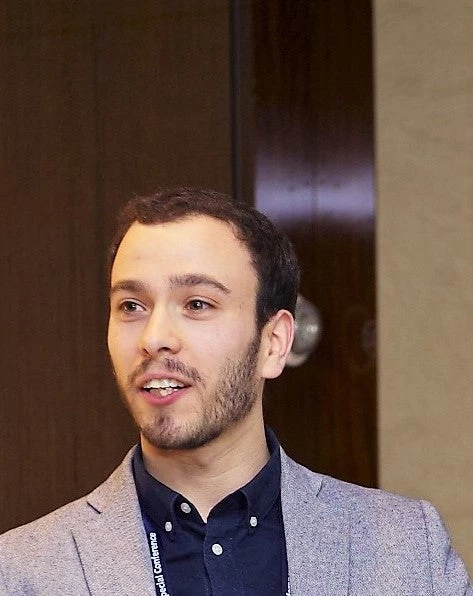SDG target 1.1 calls for eradicating extreme poverty globally by 2030. Extreme poverty is defined using the international poverty line of $2.15 per day, which reflects the typical poverty line of the poorest countries of the world.
The world has made significant progress in reducing extreme poverty over the past few decades. In 1990, almost 2 billion people lived in extreme poverty, but between 1990 and 2019, the number of people living in extreme poverty decreased by approximately 66 percent, or by about 1300 million people, to around 700 million people. This means that the share of the global population living in extreme poverty was reduced from about 38 percent to 8.5 percent.
Despite this remarkable progress, there are large regional disparities in the incidence and reduction of extreme poverty. In 1990, most of the extreme poor were located in East Asia and South Asia. However, between 1990 and 2019, extreme poverty decreased significantly in those regions, in large part due to rising living standards in China. By contrast, the number of extreme poor increased in Sub-Saharan Africa over this time period. This is a result of rapid population growth, and while the number of people living in extreme poverty in Sub-Saharan Africa increased, the share living in extreme poverty fell from 54 percent to 35 percent from 1990 to 2019. In recent years, both the number of extreme poor and the share of extreme poor has increased in the Middle East and North Africa.
Explore these developments in this interactive chart of the 2023 Atlas of Sustainable Development Goals.
And look at the data stories and visualizations of the first story of the Atlas to learn more about where we stand in our efforts to end extreme poverty worldwide and whether we can do so without significantly contributing to global emissions.



Join the Conversation